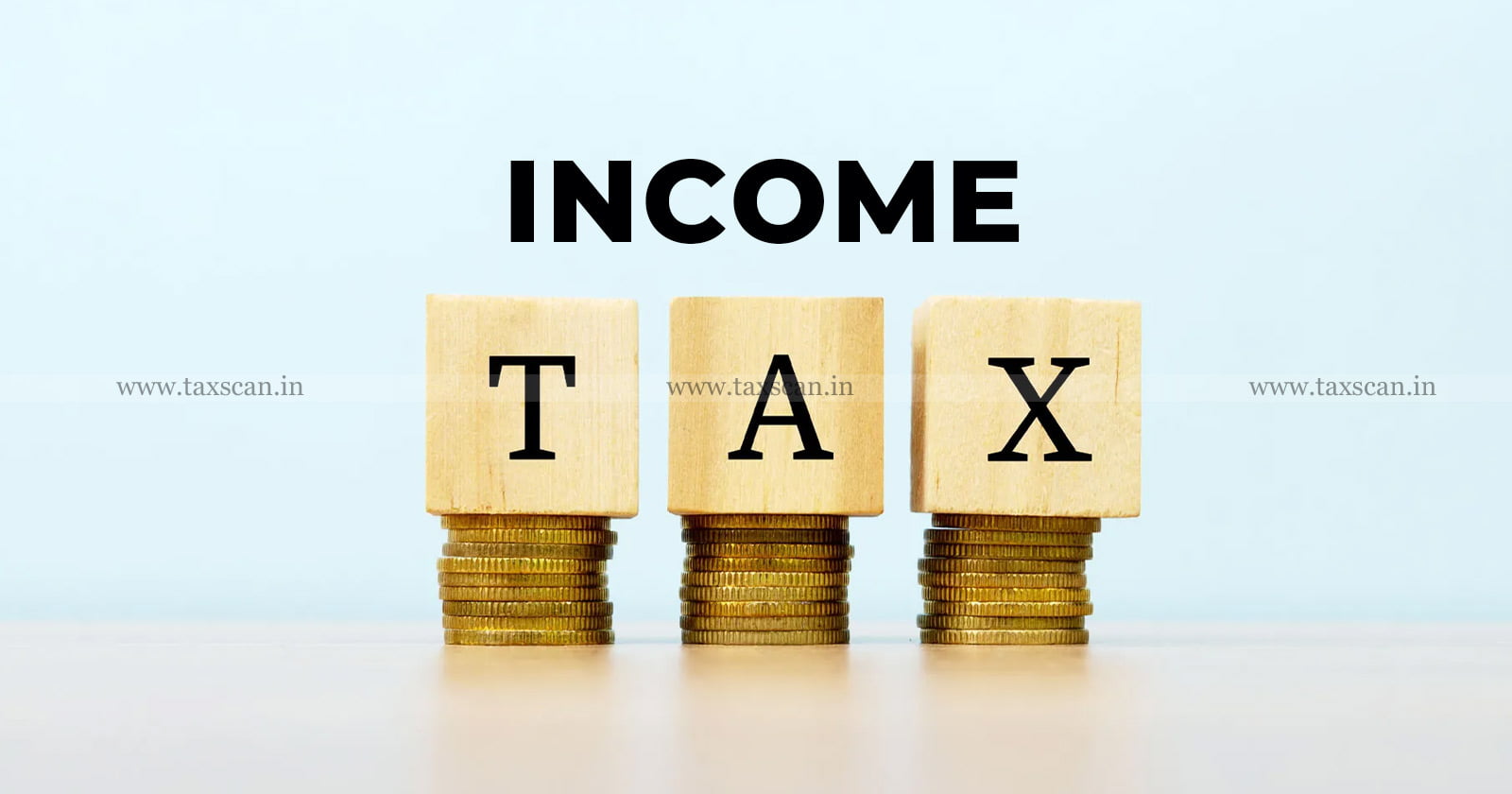Income Tax Refunds Delayed for FY 2024-25? Here’s What Might Be Holding It Up
July 27, 2025 | by Morning Echoes


As the Income Tax Return (ITR) filing process for the FY 2024-25 continues, a growing number of taxpayers are left wondering why their expected refunds haven’t arrived. Despite the deadline for non-audit cases being extended to September 15, 2025, delays in refund crediting have sparked frustration. Let’s break down what might be behind the holdup and what you can do if your refund is still pending.
Understanding the Delay in Tax Refunds for AY 2025-26
When you pay more in taxes—whether through TDS, TCS, advance tax, or self-assessment tax—than what your actual liability turns out to be, the excess amount is refunded by the Income Tax Department. However, the refund isn’t processed immediately. It only begins once your return has been successfully e-verified.
Typically, refunds are credited within 4 to 5 weeks post-verification. But for the assessment year 2025-26, the timeline has been extended for many. So, what’s different this year?
Key Reasons Behind the Slower Refunds
According to CMA finalist Rajnish Jaiswal, a major contributing factor was the delayed release of ITR forms. “ITR-1 and ITR-4 were made available only by late May, and more complex forms like ITR-2 and ITR-3 didn’t roll out until July. This naturally pushed return submissions and refund processing back,” he said.
Additionally, updates to the ITR filing portal have introduced stricter verification processes. The automation of checks and increased use of AI-powered scrutiny mean that even minor discrepancies can delay your refund.
Jaiswal pointed out that mismatches between ITR data and AIS (Annual Information Statement) or Form 26AS are common culprits. Moreover, claiming unusually large refunds or submitting inaccurate details can flag your return for further review.
Other Potential Reasons
- Shift to the New Tax Regime: With the new regime set as default, many taxpayers are making unintentional errors while filing.
- More Complex Forms and Compliance Rules: Added fields and revised instructions are increasing the chances of mistakes, slowing down the review process.
- Technical Issues: Refunds often fail if your PAN isn’t linked with Aadhaar or if your bank account hasn’t been validated on the e-filing portal.
Outstanding tax liabilities or pending verifications from earlier years can also legally prevent your current refund from being released.
Who’s Likely to Get Their Refunds Sooner?
Generally, those who submit ITR-1 or ITR-4 early and ensure their information is accurate and complete tend to receive their refunds in 7 to 20 days. However, individuals using ITR-2 or ITR-3, especially if they report HRA claims, capital gains, or request high refund amounts, may experience longer wait times.
RELATED POSTS
View all


